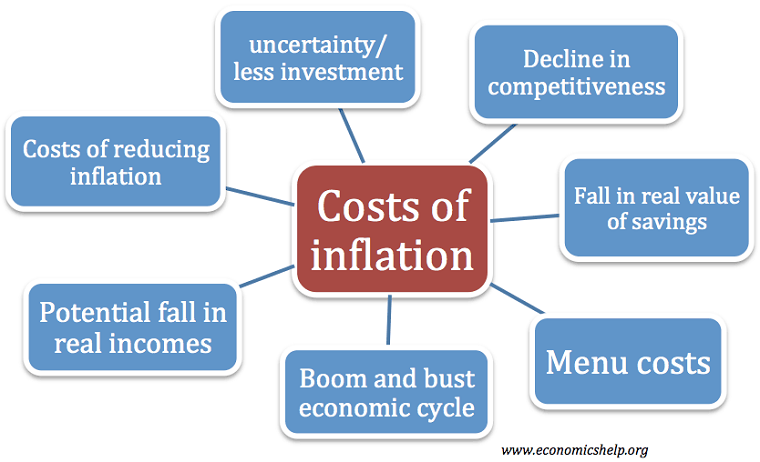 Zimbabwe’s annual inflation dropped from 268.8% in October to 255% in November while month-on-month inflation fell from 3.2% to 1.8%, according to the latest figures released by the Zimbabwe National Statistics Agency.
Zimbabwe’s annual inflation dropped from 268.8% in October to 255% in November while month-on-month inflation fell from 3.2% to 1.8%, according to the latest figures released by the Zimbabwe National Statistics Agency.
United States economist Steve Hanke put it at 397% as of 17 November and even took a jab at the Zimstat boss Taguma Mahonde, tweeting: “In this week’s inflation roundup, #Zimbabwe, takes the 1st spot. On Nov 17, I accurately measured Zim’s inflation at 397%/yr, ~1.5x ZimStat’s ‘official’ inflation rate of 268.8%/yr. More phony measurements from Taguma Mahonde & ZimStat”.
Mahonde in August took a swipe at Hanke, questioning his method of measuring Zimbabwe’s inflation and accused Hanke of being bitter that President Emmerson Mnangagwa’s administration had not offered him a consultancy.
“Professor Steve Hanke uses exchange rates and stock market indices to calculate inflation
rates. He bases his argument on the Purchasing Power Parity theorem. In Zimbabwe he used the Old Mutual Implied Rate for a long time. This is besides the fact that stock market prices are driven by:
“a) Fundamental factors and these have much to do with performance of firms;
“b) Technical factors that are related to stock price history in the market;
“c) Market sentiment – this is the most vexing and subjective category, where subjectivity
comes into play; and
“d) Speculative motive,” Mahonde said.
“However, the goods and services market is not driven by the same factors as the stock
market. Accounting for inflation involves tracking prices of commodities in the goods and
services market. This is not the same as tracking price developments in the exchange and
stock markets, thus Prof Hanke’s model and methods become questionable.
“Of interest is that, in as far back as the 18th century the French in their wisdom could
differentiate the stock, goods and foreign exchange markets. They respected the differences
in these markets as well as the different factors that drive these three distinct markets. What is true is that the markets are not independent of each other as developments in one market can affect another. However, they were, are not and will never be substitutes.”
Mahonde concluded that Hanke had issues with every other economy except the USA. “Why? Because his model suddenly collapses as it is based on the exchange rate to the US dollar. So, when it comes to America there is no exchange rate to use in his model, leaving America out of the group of ‘problem’ countries,” he said.
(88 VIEWS)

